Within the framework of these, the City Art Gallery Ljubljana puts on view solo and group exhibitions by both Slovenian and international artists. Some exhibitions focus on classical artistic elements and others on the current production in contemporary art. The contents thus complement each other or, rather, provide guidance on how each exhibition should be read. In the course of over fifty years of its uninterrupted operations, the City Art Gallery Ljubljana has hosted numerous world-renowned artists, including Josef Albers, Jan Fabre, Omer Fast, Harun Farocki, Jannis Kounellis, Hans Arp, Victor Vasarely, Bill Woodrow, Joe Tilson, Eduardo Paolozzi, Dimitrije Bašičević-Mangelos, Bridget Riley, Ivan Kožarić, Rabih Mroué, Mladen Stilinović, Raša Todosojević, Bill Viola, Günther Uecker, Ulay, and others.
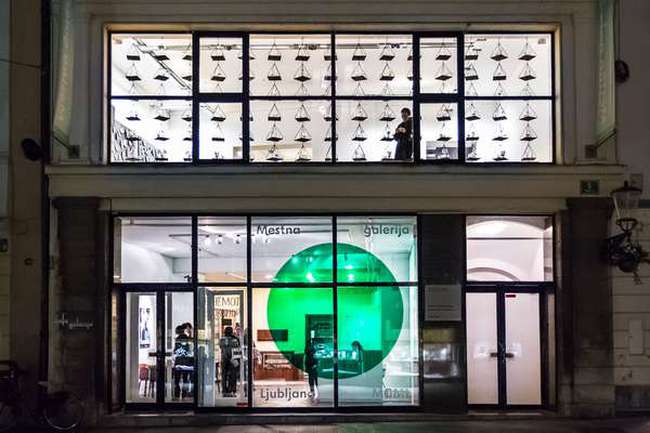
City Art Gallery Ljubljana
The City Art Gallery Ljubljana is one of the main cultural centres specialized in hosting contemporary art projects, with its operations actively contributing to the development and popularization of local and international art production. The basic guidelines of the gallery’s programme policy are aligned with some of the key segments from its rich exhibition history and substantive emphasis is established through profiled programme packages.
Location
Mestni trg 5
1000 Ljubljana
Contact
General information:
T +386 1 24 11 785
E mestna.galerija@mgml.si
School programs:
T +386 1 24 12 506
E prijava@mgml.si
Public relations:
T +386 41 669 599
E mateja.dimnik@mgml.si
Opening hours
Tuesday–Sunday: 11:00–19:00
Monday: Closed
1 January, 1 November, 25 December: Closed
24 and 31 December: 11:00–14:00
Tickets
Free entry.
City Art Gallery Ljubljana is a dog-friendly gallery.

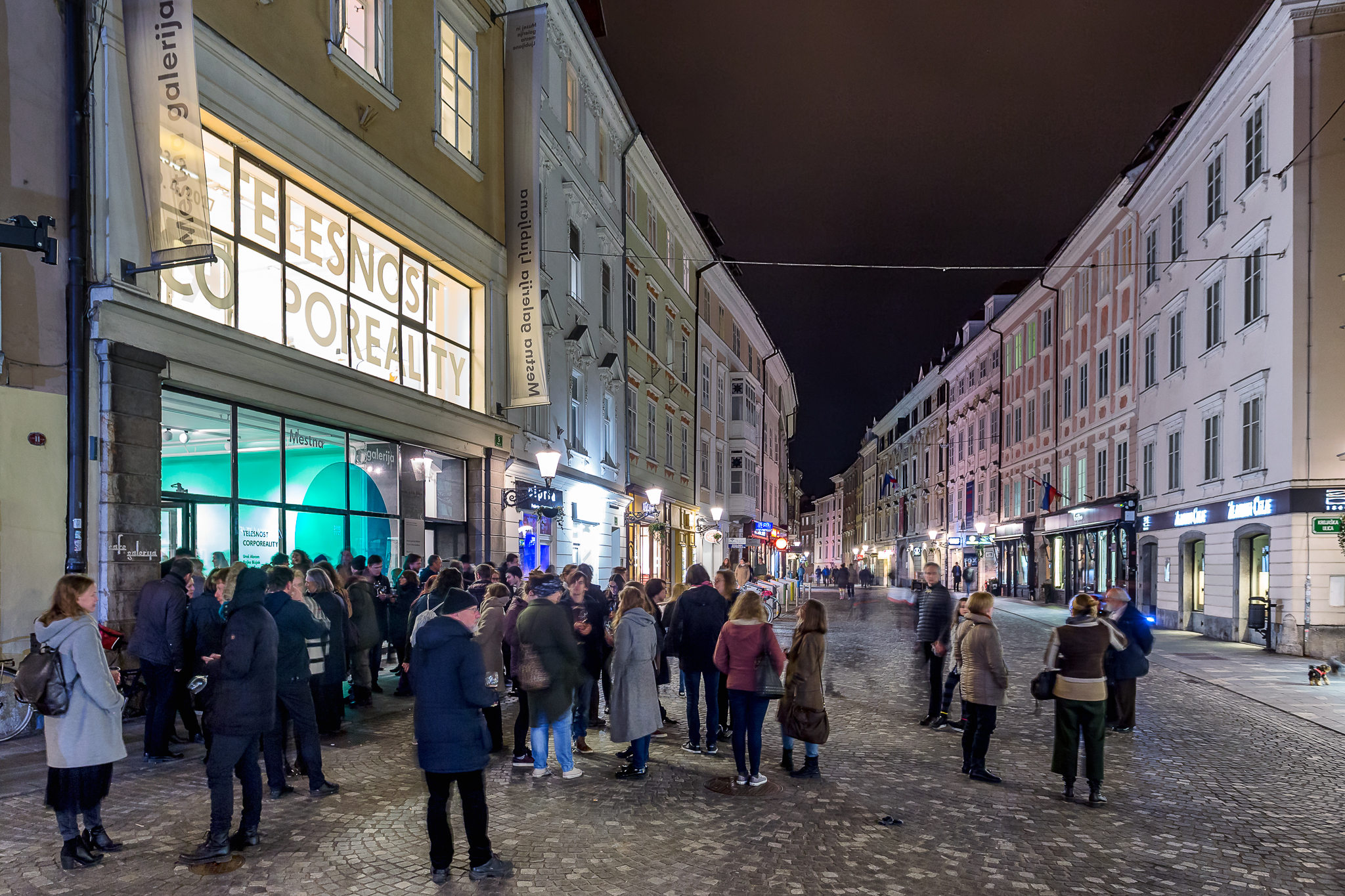
Through a variety of exhibition projects both at home and abroad, conferences, lectures, and other presentations, the City Art Gallery Ljubljana has been mainstreamed into international currents of contemporary art. Much attention is also devoted to research and studies by artists from Central and Eastern Europe, and as of recent above all to presenting artists via comprehensive exhibition projects in collaboration with international partners, for instance, "Cold Front from the Balkans" hosted by Pera Museum in Istanbul (Turkey, 2016) and "Symptoms of Society" hosted by the Guangdong Museum of Art in Guangzhou and the Zhejiang Art Museum in Hangzhou (China, 2017).
History of the City Art Gallery Ljubljana
History of the Building
The building at Mestni trg 5 was constructed in the early sixteenth century by Count Lanthieri and served as the Lanthieri family residence for two hundred years. In the nineteenth century, it passed into the hands of a wealthy merchant family of the Zeschkos and thus became the residence of a great art lover Josipina Zeschko, also known as the “glass princess” due to her father’s glass trade. Josipina married a factory and big estate owner Fidelis Terpinc, who was also in the possession of the Fužine Castle. In 1866, the building was bought by the tradesman Hamann and it functioned as a trading house – lastly occupied by a fur store – until 1963, when it was converted into an art gallery by the municipal people’s council of Ljubljana Centre. The conversion, designed by the architect Boris Kobe, was coordinated by the Institute for the Regulation of Ljubljana’s Old City Centre.
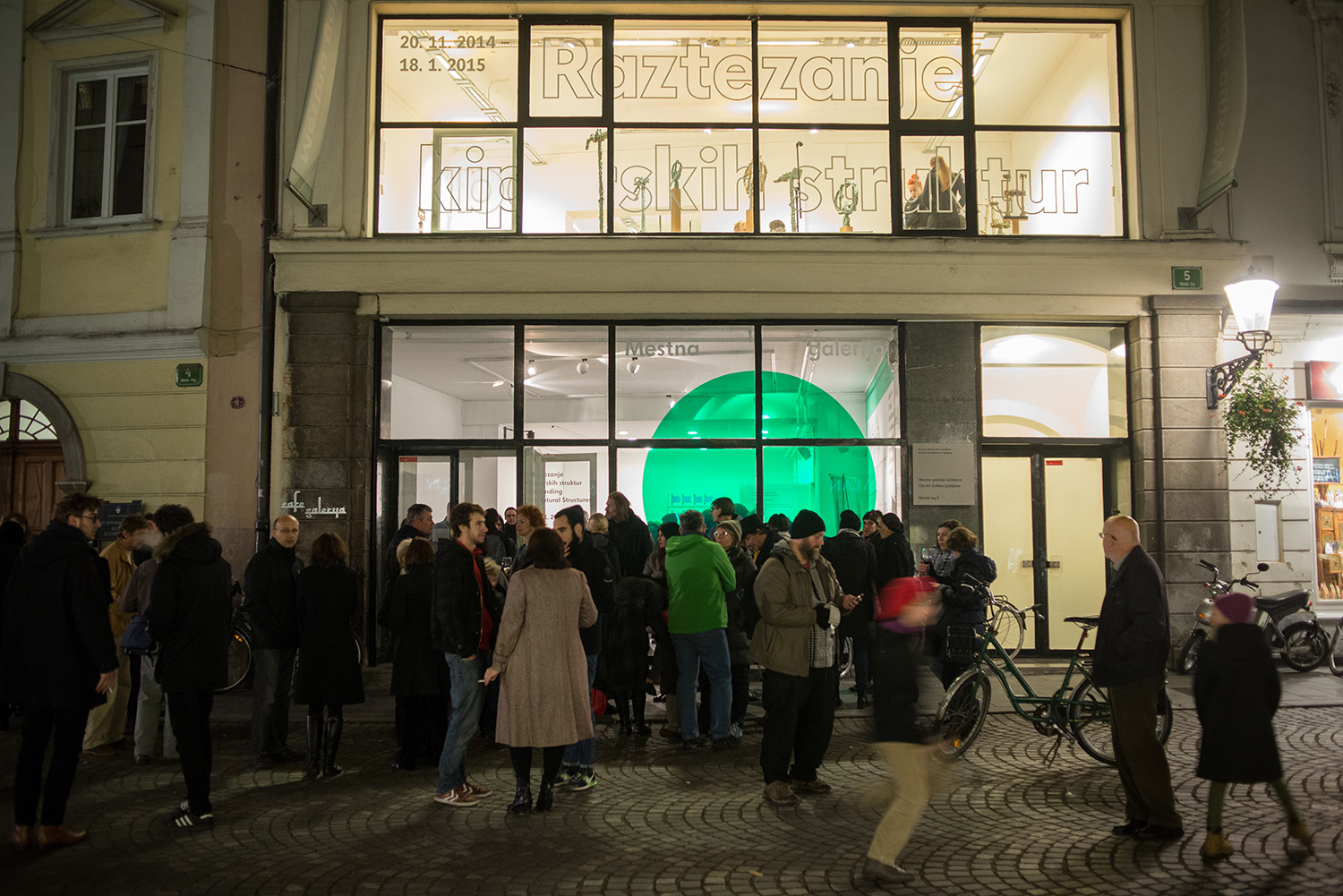
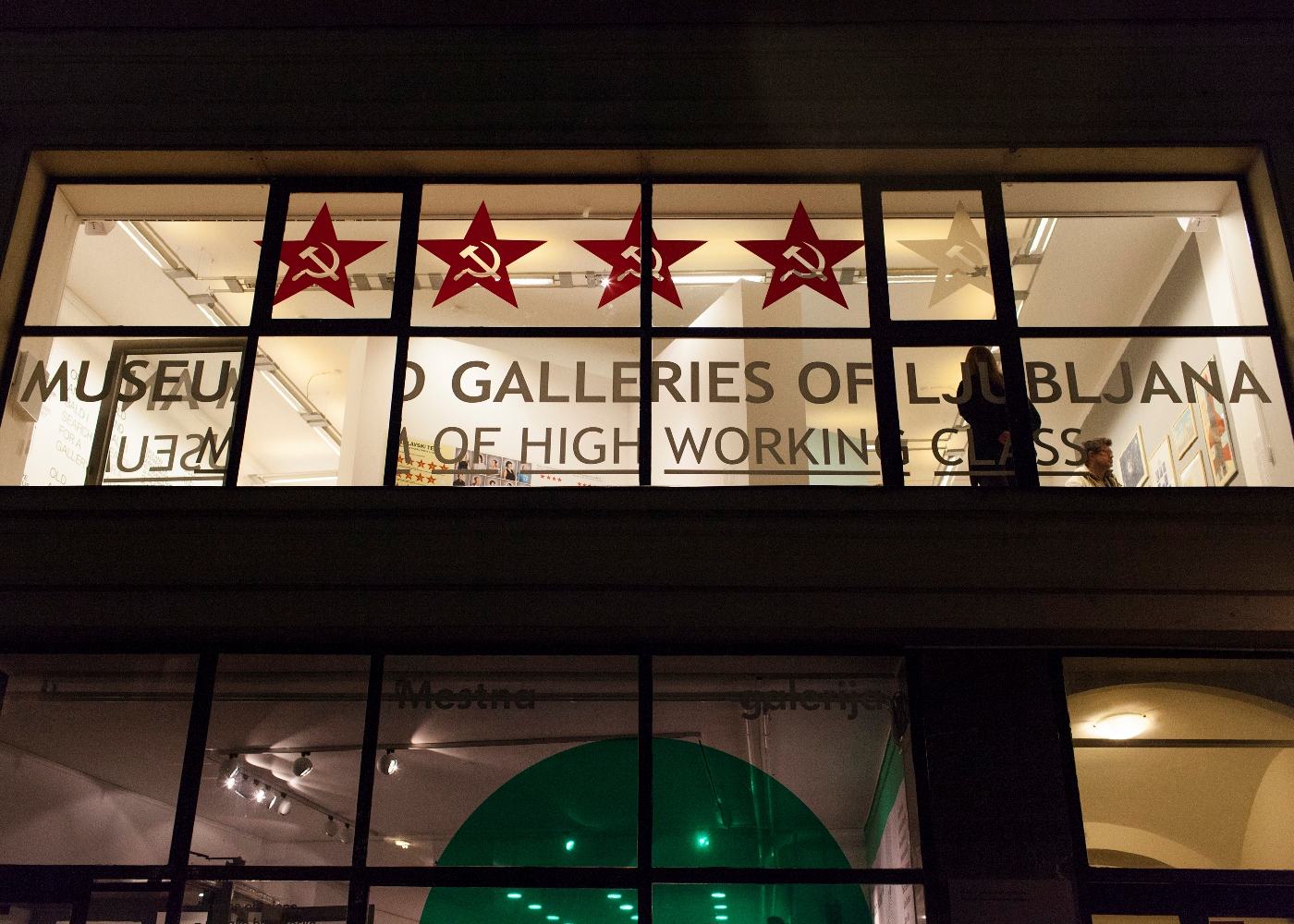
From Jakopič Pavilion to the City Art Gallery Ljubljana
The demolition of the Jakopič Pavilion, which commenced in December 1961, left the administration of this institution without exhibition and business premises. The renaming of Jakopič Pavilion into City Art Gallery in November 1962 offered some clarification to professional public regarding the Jakopič Pavilion’s successor and its construction. The new exhibition venue at Mestni trg 5 was solemnly opened in October 1963. Apart from modernised exhibition halls (refurbished in 1990 and 1991) and the renovated attic, the gallery also acquired a coffee shop on its ground floor and a reading room (2009) where the gallery’s visitors and art lovers are offered daily newspapers, catalogues, as well as Slovenian and international magazines on contemporary art.
First permanent collection exhibition
The City Art Gallery Ljubljana, which has for more than fifty years been devoted to showcasing exhibition projects and hosting numerous exhibitions by domestic and international artists, began to create its permanent collection no earlier than the 1990s. Its first art presentation took place in 1996 at the new exhibition venue at Mestni trg 4. Now an integral part of the collection of the Museum and Galleries of Ljubljana, the permanent collection of the City Art Gallery contains 190 works on paper produced by seventy Slovenian and six international artists. In the collection process, which started in 1995, the works by the central representatives of Slovenian fine art of the twentieth century have been collected to demonstrate the trajectories of their creative careers. Aimed at obtaining art works from different periods and styles of expression, the permanent collection features a wide array of highlights, spanning traditional, realistic renditions of the material world to the fantastic and abstract. Due to their ideational heterogeneity and diversity of technical approaches, the collection is a valuable source for research. In 2002, part of the exhibition activity was moved to the Permanent Collection Gallery at Cankarjevo nabrežje 11/I, where artists working primarily on paper and using different styles of expression were presented until December 2010.
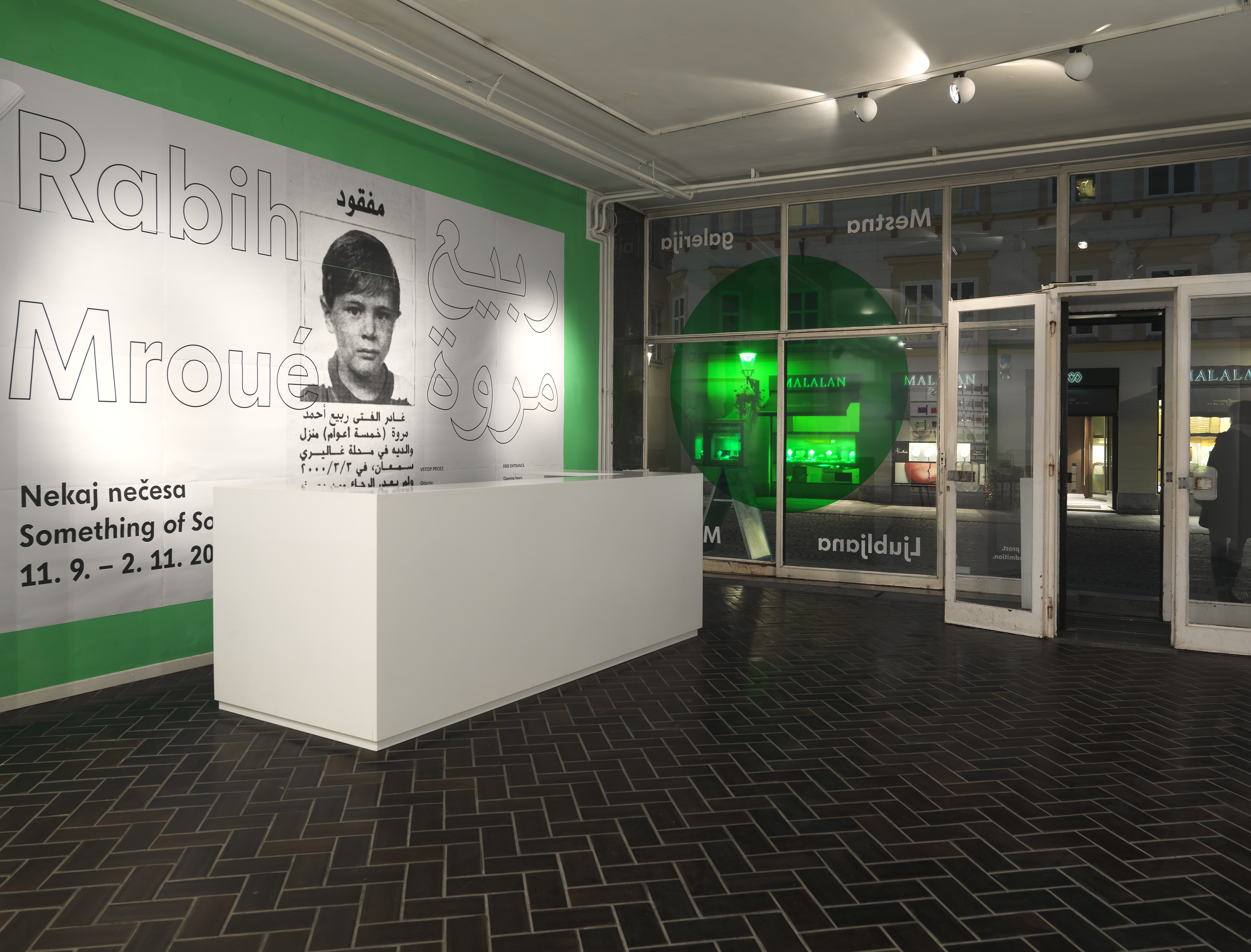
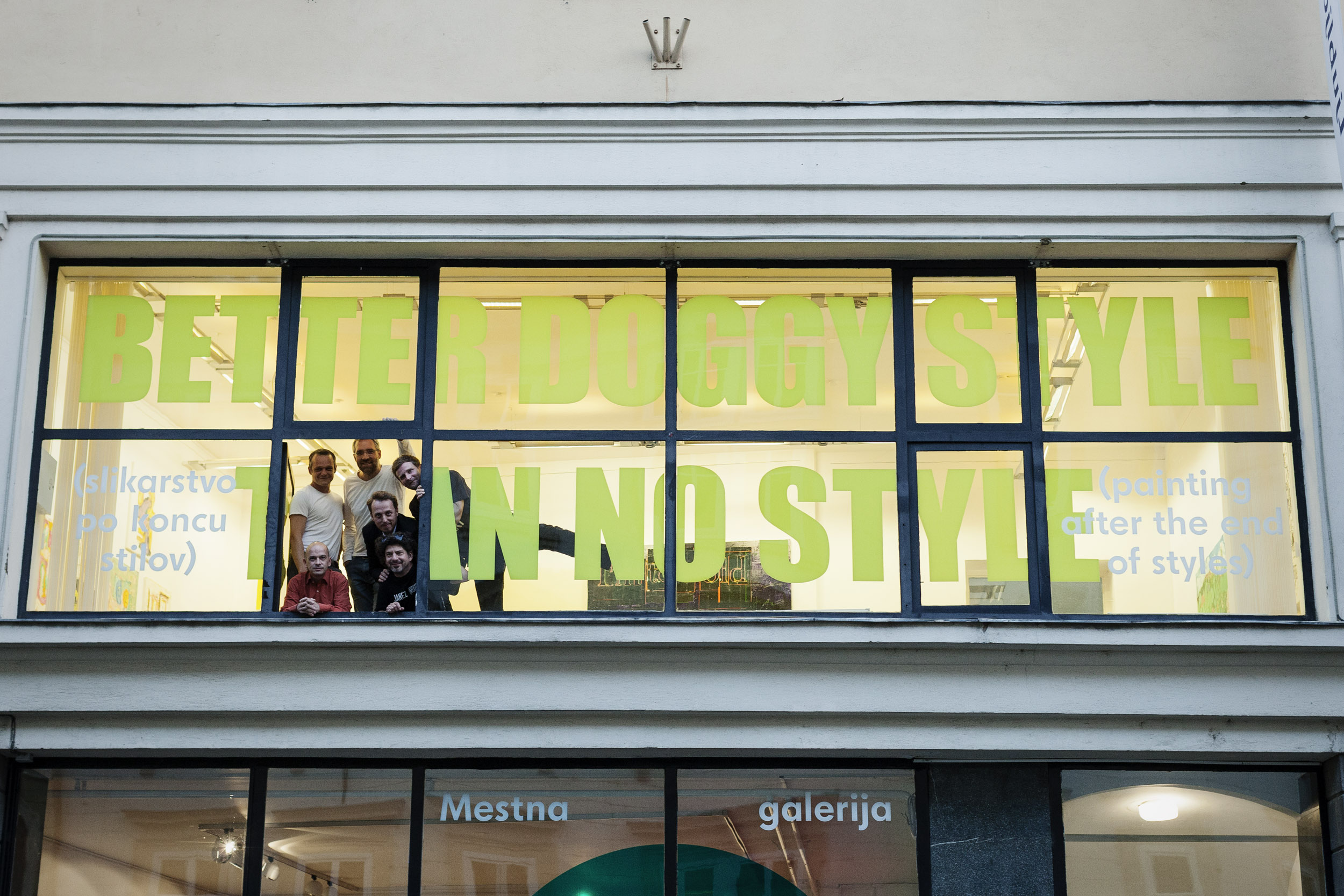
City Art Gallery Ljubljana becomes part of Institute of Museum and Galleries of Ljubljana
The Bežigrad Gallery has operated as one of minor art exhibition venues under the City Art Gallery Ljubljana since 1996 and the Bežigrad Gallery 2 since 2002. In 2009, the City Art Gallery Ljubljana and the Bežigrad Gallery merged with the City Museum at the initiative of the City of Ljubljana to form the institute of Museum and Galleries of Ljubljana. In 2010, the latter obtained new premises in the Tobacco 001 Cultural Centre and launched its new exhibition programme at the Gallery 001 in March 2011.